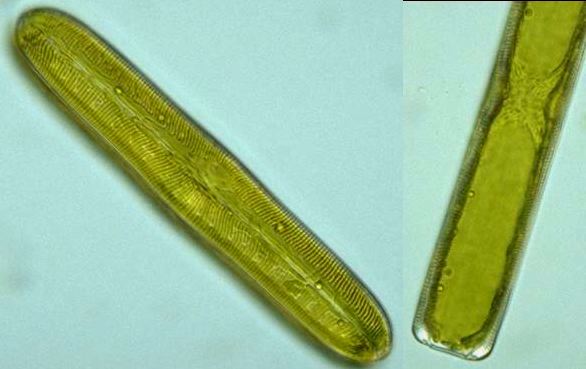sessile- stationary or not moving organism
Producer- makes own food and is food for other organisms.
consumer- Feeds on producers or other consumers.
Autotroph- makes own food from sun using photosynthesis.
Heterotroph- dose not make own food and feeds on autotroph.
Procedure: 1.Make a slide with the pond water 2. Observe the slide under the microscope with low, medium, and high power. 3. record the organisms you found.
Materials: Microscope, slides, and pond water.
Question: what organisms will u find in the pond water?
Answer: 1. Volvox. A volvox is sessile, a consumer, and is heterotrophic
2. Paramecium, is sessile, a consumer, and is heterotophic.
3. Pinnularia. It is sessile, a consumer, and is heterotrophic. 4. Spirogyrd is a sessile, a producer, and is a autotrophic
5. Rotifer is sessile, a producer, and autorophic

6. Zygnema is motile, a producer, and autotrophic
questions: 1. What might the role of the microorganisms be in a fresh water community? They can be producers such as algae to feed fish.
2.describe the process of preparing a wet mount. Take a slide, put what your observing on the slide, then put a drop or two of water on, then put on cover slip.
3. Differentiate between microorganism and micro-community. A microorganism is one organism and a micro community is multiple microorganisms.






